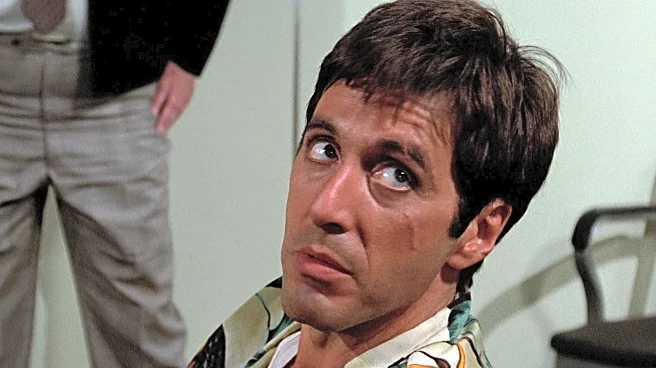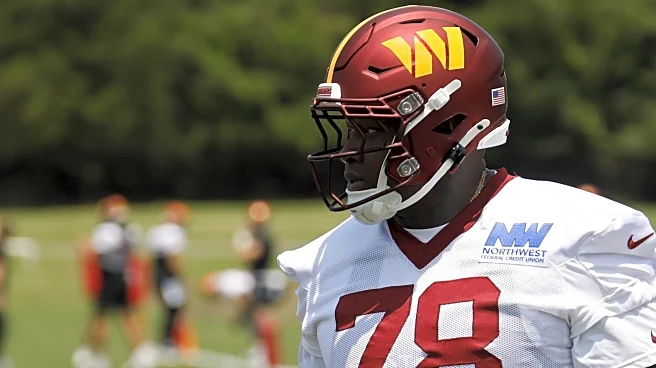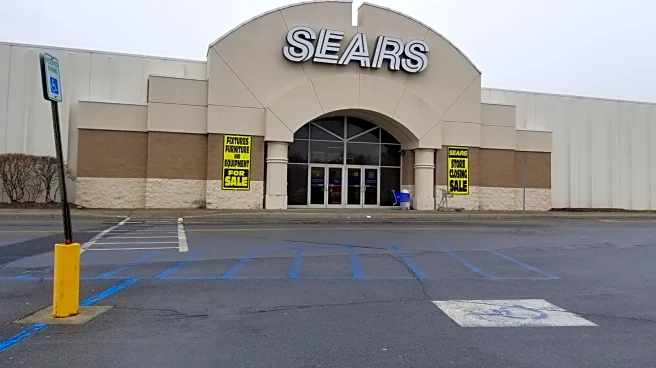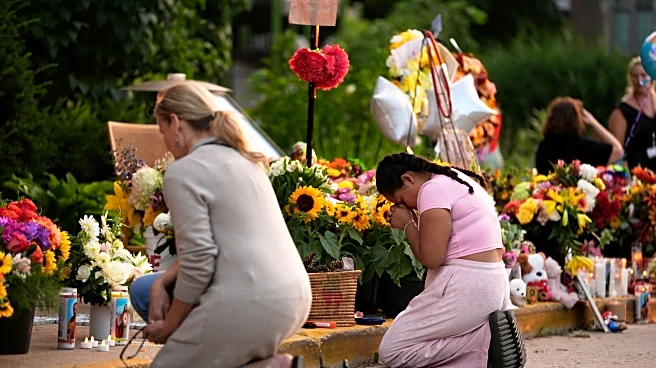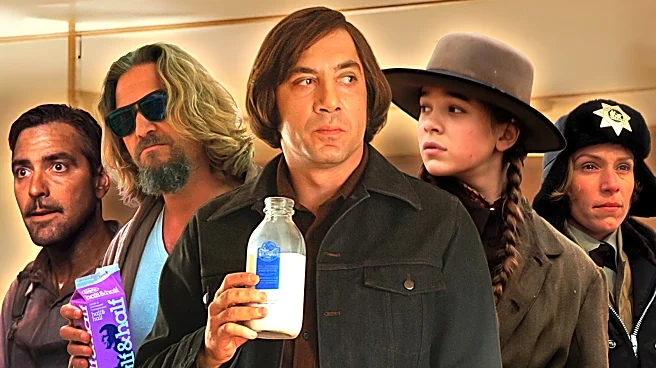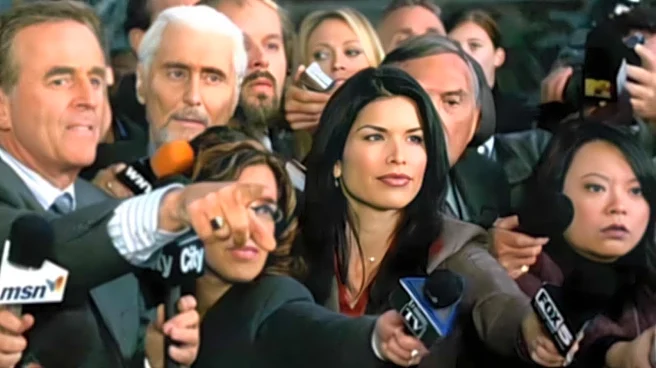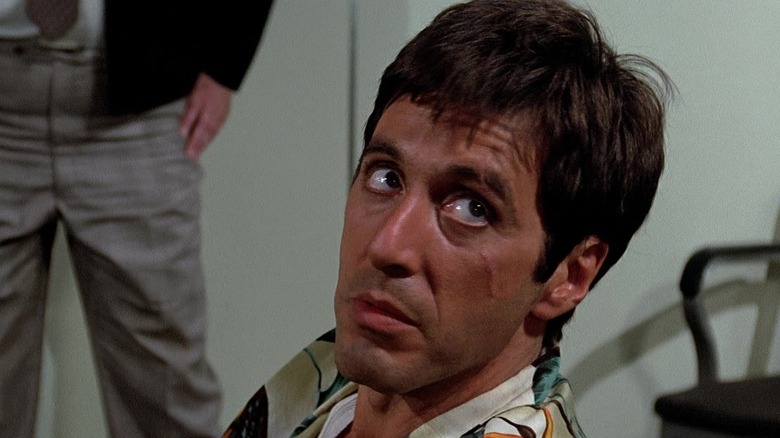
With its brutal slayings, heaps of cocaine, and final bloody showdown, Brian De Palma's "Scarface" has always had a notorious reputation. I recall watching it on TV as a kid, ears pricked for all the bad language I'd heard about in the playground at school, only to find out that most of it was dubbed: "This town is like a great big chicken, waiting to get plucked." Back when the movie was released in 1983, De Palma was forced to make cuts to avoid the dreaded X certificate and critics slammed it for its gore,
profanity, xenophobia, misogyny, and nihilism. On top of that, it also caused uproar for its negative portrayal of Cuban immigrants, many of whom were honest hard-working folks fleeing to the United States to escape oppression at home. Perhaps all the controversy shouldn't have come as any surprise, because it was a remake of a crime classic that was banned in the 1930s.
Al Pacino proposed remaking Howard Hawks' "Scarface" after catching a screening in Los Angeles. The actor was going through a little rough patch at the beginning of the '80s, looking ill at ease in William Friedkin's controversial bomb "Cruising" and horribly miscast in "Author! Author!" Playing a modern update of Hawks' titular mobster was a welcome return to form for the star, who went big with his performance as Tony Montana, a Cuban-born ex-con who arrives in Florida and sets his sights on taking over the Miami underworld.
"Scarface" stood apart from other gangster movies by focusing on Cuban immigrants rather than setting the story in the more familiar world of Italian-Americans. Screenwriter Oliver Stone also switched the original's location from Chicago to Miami and updated the backdrop of Prohibition to the U.S. government's War on Drugs. The subject was close to Stone's heart at the time; he was struggling with his own cocaine addiction and decamped to Paris to write the screenplay and kick the habit, later declaring the Reagan administration's escalation against illegal substances "bull***t." Despite the controversy, "Scarface" still made decent money at the box office and is now regarded as one of De Palma's best movies, but the furore surrounding its content echoed the challenges faced by Howard Hawks and his producer, Howard Hughes, when they were trying to bring their original vision to the screen 50 years earlier.
Read more: The 10 Best Movies Of All Time, According To IMDb
How The Original Scarface Came About
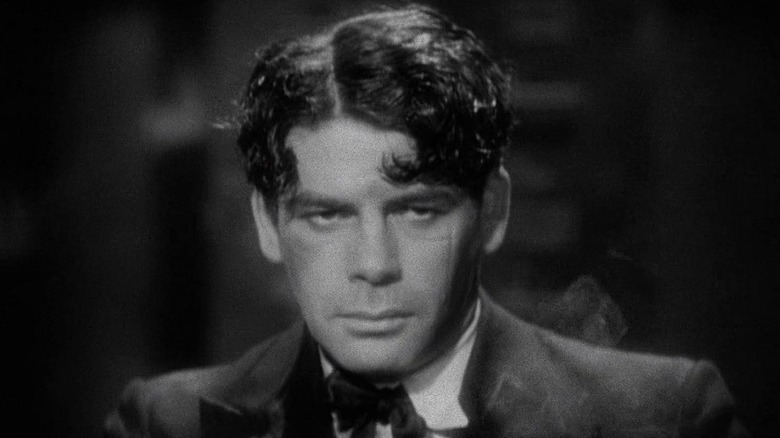
Released in 1932 and starring Paul Muni as the titular mobster, "Scarface" was produced by Howard Hughes, the playboy tycoon who had inherited a significant fortune just eight years earlier when his father passed away. His first major venture was moving to Hollywood and starting a career in filmmaking, most notably by producing and directing "Hell's Angels" (an expensive fighter pilot action thriller that gave Jean Harlow her big break) and producing "The Front Page," the first screen adaptation of Ben Hecht and Charles MacArthur's celebrated stage play. Next up, Hughes wanted to make a gangster movie, which was all the rage during the Prohibition Era. More specifically, he set his sights on making a picture that would rival "The Public Enemy" and "Little Caesar," the films that made James Cagney and Edward G. Robinson major stars.
For inspiration, Hughes decided to base his film around the life of Al Capone, the notorious Chicago crime boss whose exploits were still fresh in everyone's minds at the time. Hughes hired Ben Hecht to adapt the screenplay from Armitage Trail's 1929 novel "Scarface." The New York playwright-turned-screenwriter was a great pick, having won an Oscar at the inaugural Academy Awards for another gangster movie, "Underworld." Hecht played fast and loose with the source material, and perhaps wisely so; legend has it that a couple of Capone's goons visited the writer to make sure the film wouldn't stick too closely to the kingpin's real life. Be that as it may, the events and details of the movie were recognizable enough, although Hecht wrote the title character as more thuggish and dim-witted than his real-life counterpart. Still, one violent set piece mirrored the infamous St. Valentine's Day Massacre, while Muni's Tony Camonte bore a facial scar similar to Capone's.
To direct and co-produce, Hughes hired Howard Hawks. It was a somewhat surprising decision, seeing as Hughes had recently filed a lawsuit against Hawks and First National Pictures for ripping off "Hell's Angels" with the similarly-themed "The Dawn Patrol." But the pair bonded over a game of golf in which Hughes agreed to drop legal proceedings and enticed Hawks with the prospect of helming "Scarface." They would find further common cause when the Hays Office, headed by chairman of the Motion Picture Producers and Distributors of America (MPPDA) Will Hays, preemptively objected to the film being made at all.
Howard Hughes Had To Battle The Censors Over Scarface
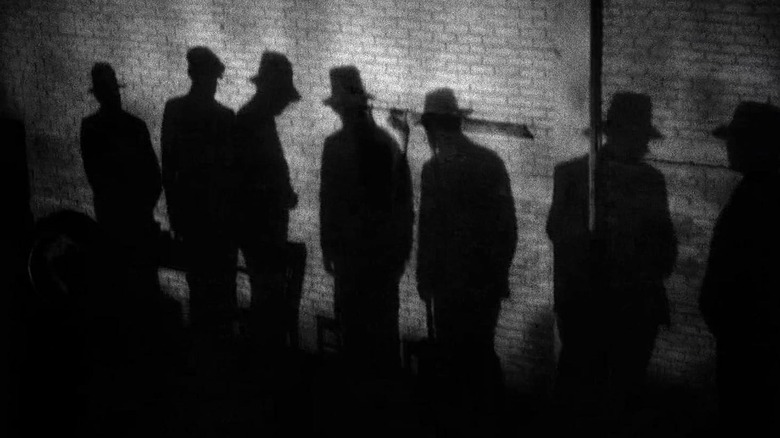
Although the prohibitive Hays Code (officially called the Motion Picture Production Code) wouldn't officially come into play until 1934, Will Hays and the Hays Office still had plenty of clout, with Hollywood seeking to self-regulate its pictures and avoid government censorship. The MPPDA had a list of "don'ts" and "be carefuls" for filmmakers to stick by, and it was safe to say that "Scarface" flaunted quite a few of them. Hughes and Hawks submitted the screenplay to the Hays Office for review and received an answer in no uncertain terms:
"Under no circumstances is this film to be made. The American public and all conscientious State Boards of Censorship find mobsters and hoodlums repugnant. Gangsterism must not be mentioned in the cinema. If you should be foolhardy enough to make 'Scarface,' this office will make certain it is never released."
Challenge accepted, Hughes instructed Hawks to make the movie "as realistic, as exciting, and as grisly as possible." What came next was a series of enforced changes that delayed the film's release by almost a year. The Hays Office demanded that several of the most contentious scenes be cut and new scenes included to tone down the glorification of criminal activity, along with the addition of a finger-wagging subtitle, "Scarface: The Shame of a Nation." Furthermore, Hughes was told that the film wouldn't receive a license unless the ending was changed.
Hughes and Hawks' original ending had Comante going down in a blaze of glory, but that was too heroic for the censors. An alternative ending was shot in which Tony is captured and goes to the gallows instead. However, that conclusion didn't get past the censors, either, and Hughes fought back, eventually getting a modified version in which Tony dies offscreen passed for release in states with more lenient censors. Several states still banned the movie, and the film's premiere in New York was thwarted due to the intervention of the city's board of censors. Hughes found an unlikely ally in Will Hays, however, as his people were now satisfied with the changes made. All the wrangling meant that "Scarface" was not a box office success at the time, but that couldn't stop it from becoming one of the best films of the 1930s and one of the most influential gangster movies ever made.
If you're looking for the easiest way to keep up with all the major movie and TV news, why not sign up to our free newsletter?
Read the original article on SlashFilm.
